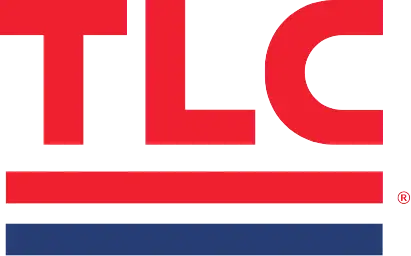Are you dreading the hot temperatures? Worried that your swamp cooler will not be able to cool your home? If you’ve been thinking about refrigerated air conditioning or central air conditioning but are curious about how much it is to convert to refrigerated air you’ve come to the right place.
What is the cost to convert to refrigerated air?
We’ve compiled data to give you a “ballpark” idea of what the costs of converting look like. While we cannot give you an accurate estimate without evaluating your current heating and cooling system and needs, we can give you a range of costs based on your home’s square footage.
Why you cannot base your actual cost on just this information – This information is just the starting point when it comes to an accurate estimate of your home’s heating and cooling needs. You should be leery of a contractor that bases an estimate merely on house size or vague rules of thumb.
Other things that affect cost:
- Ductwork – During an estimate, the HVAC professional should evaluate your existing ductwork to see if it can handle the demand of a central air conditioning system vs. a swamp cooler.
- Electrical – Often times when adding air conditioning your home’s electrical system will need to be upgraded to support the electrical load needed for the air conditioner to run properly.
- Heating System – Yes even though you are just considering converting your swamp cooler to AC your existing Furnace or heating system needs to be evaluated. In most cases, your furnace(s) will need to be upgraded as well to support the energy requirements of the new air conditioning system. Often times the furnace energy rating is much lower than what your new air conditioner will be and you won’t be able to maximize your energy efficiency and performance if you have an older furnace, which can dramatically affect your energy costs. Unless your furnace is less than 8 years old most HVAC professionals will recommend upgrading both systems at the same time.
- SEER Ratings – SEER stands for (Seasonal Energy Efficiency Ratings) and apply to air conditioning systems. SEER ratings have continued to improve over the years. While 15 SEER is the minimum for our area, you can go much higher than that to get the most energy-efficient system available
SEER Rating Energy Costs:
15 SEER is now the standard and that is what the costs in the above chart are based on. However, you can purchase a higher SEER system to maximize your energy cost savings and reduce your carbon footprint.
Other things to consider:
Now that you know in general what you’re looking at cost-wise, what do you do next? If you’re ready to learn more, make sure you contact a professional HVAC company to provide you with an estimate. Given the costs, we discussed above a new Heating & Cooling system is a big purchase for you to consider. If you would like a Free estimate to make sure your HVAC professional does a thorough analysis of your comfort needs, energy evaluation, and a heat load calculation to accurately size your system according to your needs and to maximize your energy efficiency.
Do your homework – on average most homeowner’s heating & cooling costs represent approximately 43% of their energy bill.
Know your options:
While refrigerated air conditioning has grown more and more popular in New Mexico it is not the only option if you’re thinking of getting rid of that old swamp cooler. There are new energy efficient swamp cooler systems like Mastercool and Breezair that offer superior performance over standard coolers.

Want to learn more?
Download our Refrigerated Air Buying Guide.
Are you considering converting but don’t know where to start? Check out our free guide and learn all you need to know so you can choose an option that meets your home cooling needs. Our informative guide will help you through the process.
About TLC Plumbing, Heating, Cooling & Electrical
TLC Plumbing, Heating, Cooling & Electrical is an AC company in Albuquerque, NM.

